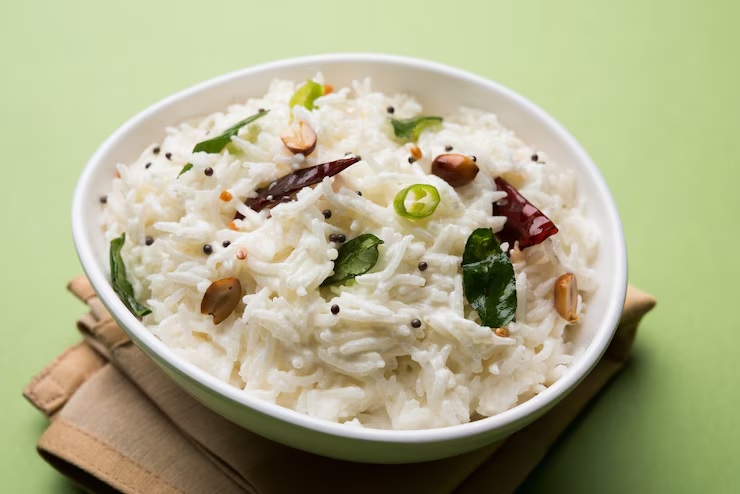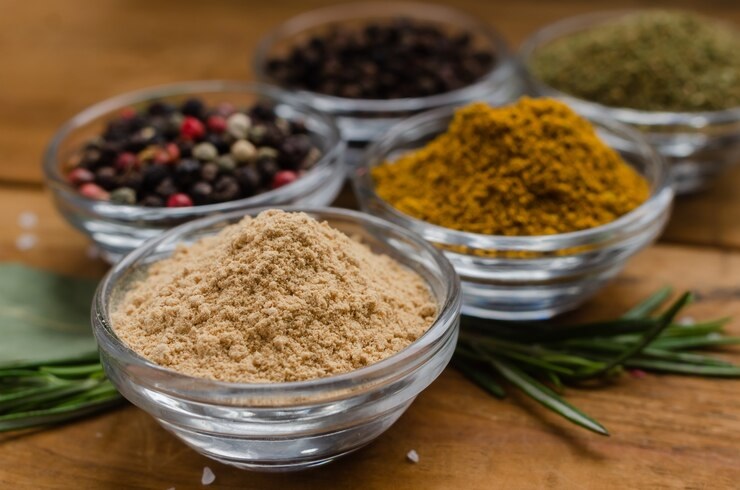It’s that time of year when many of us forget about our diets and enjoy sweets and delicious food. But once the festival is over, it's good to get our bodies back to a normal routine with a proper detox. After Diwali, we often feel the effects of rich foods, sweets, late nights, and changes in our routine. Instead of trying quick fixes like fasting, Ayurveda offers a gentle way to bring balance back, cleanse the body, and refresh the mind.
We talked to Dr. Deepu John, Chief Physician at Kairali - The Ayurvedic Healing Village in Kerala, to learn some simple detox steps to try at home. Dr. John suggests that making small diet changes, doing a gentle self-massage, and using herbal remedies can help flush out toxins, improve digestion, and boost your energy. These Ayurvedic practices can help you feel back in control as you settle back into daily life.
Ama-reducing Foods
Ama refers to the toxic buildup in the body due to improper digestion or imbalance in the doshas. To reduce ama, it’s essential to consume foods that promote digestion and eliminate toxins.
Kanji: This fermented rice water is highly regarded in Ayurveda for its detoxifying properties. It is easy to digest, helps in flushing out toxins, and nourishes the digestive system. Kanji is typically made by soaking rice in water for several hours, then allowing it to ferment slightly. It can be consumed warm or at room temperature, often flavored with spices like cumin or ginger for added digestive benefits. This is the same dish that many celebrities have been vouching as a best probiotic.

Hydration:
Drinking plenty of water, herbal teas, and other fluids help to keep the body hydrated and aid in flushing out toxins. Warm water is preferred as it supports digestion and detoxification.
Self-massage (Abhyangam)
Self-massage is an integral part of Ayurvedic detoxification that promote circulation, relaxation, and eliminate toxins.
Medicated oils: Using oils infused with herbs (like sesame oil or coconut oil) enhances the benefits. These oils can be chosen based on your dosha:
Vata: Warm sesame oil is grounding and nourishing.
Pitta: Coconut oil can help cool and soothe the body.
Kapha: Mustard or eucalyptus oil can stimulate and invigorate.

Technique:
The massage should be done in a circular motion, starting from the extremities and moving toward the heart, which promotes lymphatic drainage. Pay special attention to the scalp and face, as these areas hold tension and can benefit greatly from the nourishing effects of the oils.
Virechanam with Avipathy Churnam or Thriphaladi Churnam
Virechanam is a therapeutic purgation process aimed at detoxifying the body by expelling excess bile and toxins.
Avipathy Churnam: This is a traditional herbal formulation that helps in cleansing the digestive tract and alleviating symptoms of indigestion. It is typically taken with warm water or honey and works gently to promote bowel movement.
Thriphaladi Churnam: Another effective herbal remedy that combines three fruits (Amla, Haritaki, and Bibhitaki) to promote digestion and detoxification. It can be taken as a powder mixed with warm water, supporting the liver and gallbladder while enhancing digestion.

Nasayam with Anu Thailam
Nasayam is a nasal therapy that helps cleanse the sinuses and promote mental clarity.
Anu Thailam: This is a medicated oil used in nasya treatments that helps to lubricate the nasal passages, enhance mental clarity, and alleviate headaches. A few drops can be instilled in each nostril, helping to detoxify the head and promote overall balance in the body.
Simple stretching exercises and pranayama
Gentle movement and breathing exercises are essential during detoxification.
Stretching exercises: Engage in simple stretching routines to promote circulation and flexibility. Focus on movements that open the body and release tension, such as neck rolls, shoulder stretches, and gentle twists.

Pranayama: Breathing techniques like Nadi Shodhana (alternate nostril breathing) and Ujjayi (victorious breath) help calm the mind, increase oxygen flow, and balance the energies within the body. These practices enhance mental clarity and relaxation, making them perfect for detoxing.
Rest: Ensure plenty of rest and allow your body to recover during the detox process. Adequate sleep supports the body’s natural healing mechanisms.
Read More:



